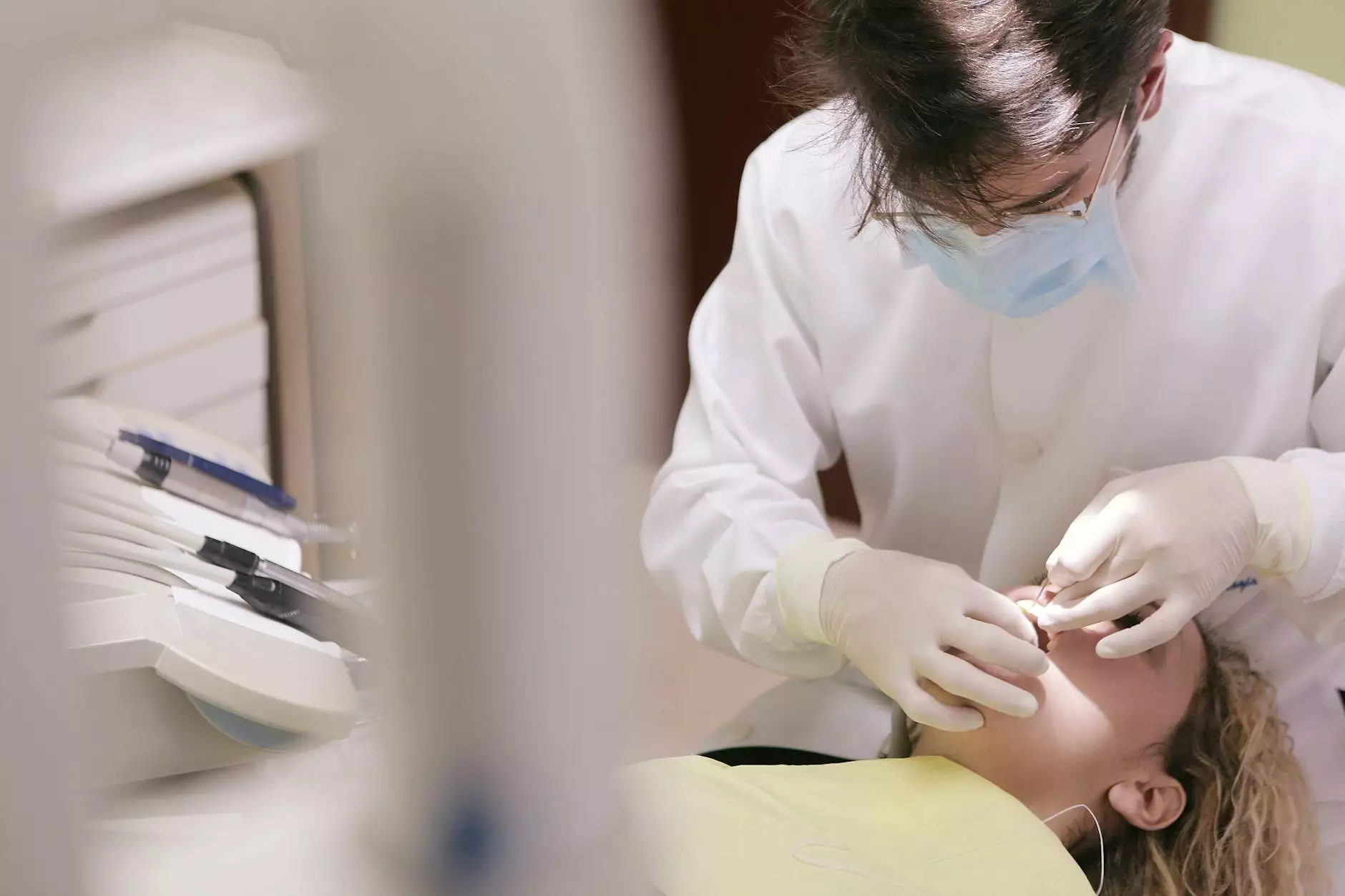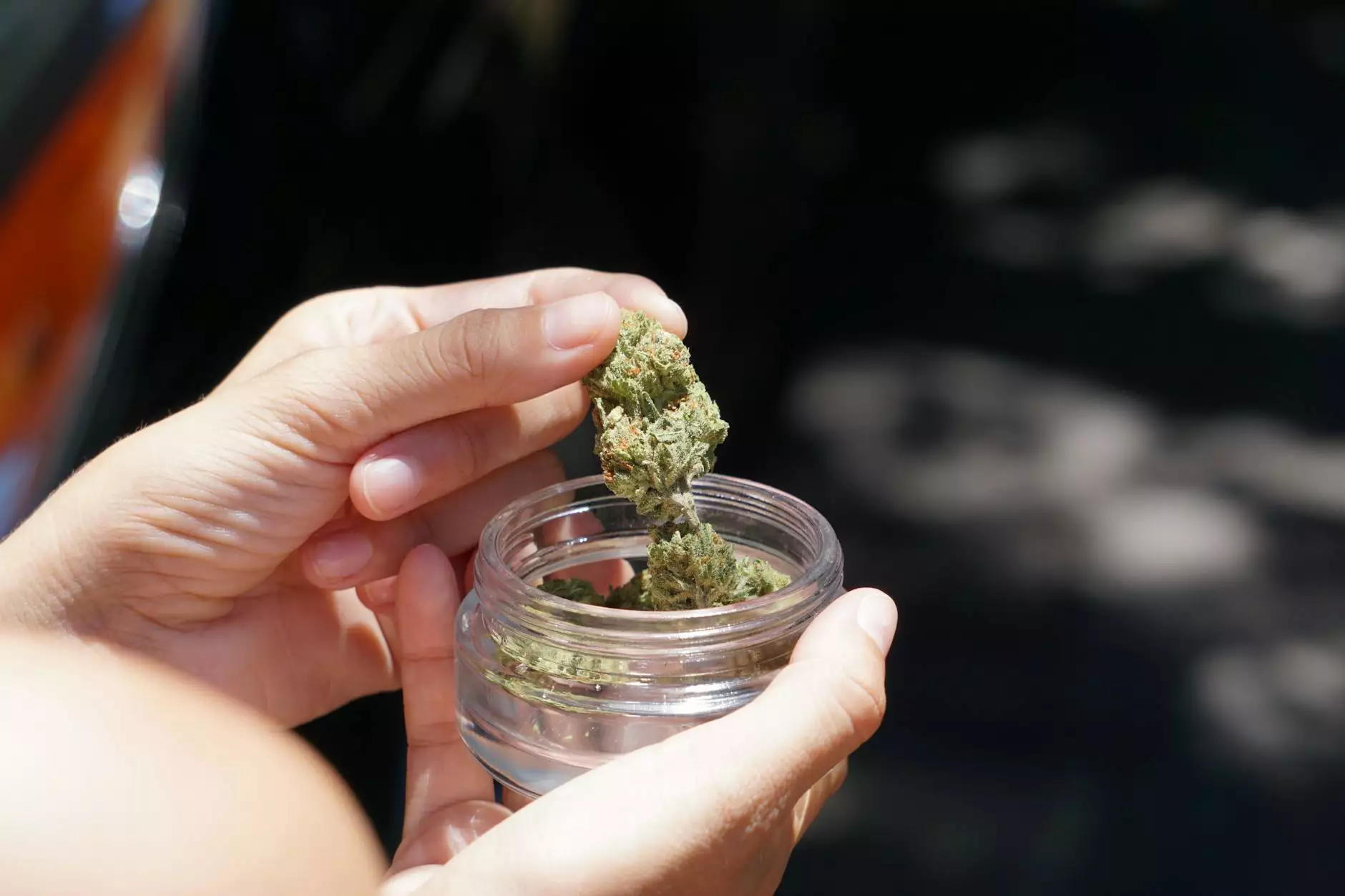Tendinopathy vs Tendonitis vs Tendinosis: Understanding Key Differences and Treatment Options

In the world of health and medical conditions, understanding the nuances of various terms is crucial for effective diagnosis and treatment. One such area of confusion lies in the terms tendinopathy, tendonitis, and tendinosis. This article aims to clarify these differences, shedding light on causes, symptoms, and potential treatments for each condition.
What Are Tendons?
Tendons are fibrous connective tissues that link muscles to bones, playing a crucial role in facilitating movement. When tendons become damaged or injured, they can lead to a range of conditions that affect mobility and quality of life.
The Three Distinct Conditions
While the terms tendinopathy, tendonitis, and tendinosis are often used interchangeably, they refer to different conditions affecting the tendons:
1. Tendinopathy
Tendinopathy is an umbrella term that encompasses various tendon conditions, including tendonitis and tendinosis. It typically arises from overuse, repetitive strain, or chronic injury. The hallmark of tendinopathy is that it generally leads to pain and dysfunction of the tendon without a clear inflammatory component.
2. Tendonitis
Tendonitis specifically refers to the acute inflammation of a tendon, often resulting from a sudden injury or overuse. Common symptoms include:
- Localized pain: Pain is typically felt directly over the affected tendon.
- Swelling: The area around the tendon may become swollen and sensitive.
- Stiffness: The joint may feel stiff, especially after periods of inactivity.
Common areas affected include the elbow (tennis elbow), shoulder (rotator cuff tendonitis), and knee (patellar tendonitis).
3. Tendinosis
Tendinosis refers to the degenerative changes that occur in a tendon due to chronic stress, often seen in cases of long-term tendonitis that remain untreated. Unlike tendonitis, which involves inflammation, tendinosis is characterized by:
- Degeneration: The tendon tissue becomes unhealthy and less organized on a cellular level.
- Thickening: The affected tendon can become thicker and less elastic, making it more susceptible to tears.
- Persistent pain: Pain may persist despite rest, significantly affecting physical activity.
Comparing Key Features
FeatureTendinopathyTendonitisTendinosisNatureUmbrella term for various tendon issuesAcute inflammation of a tendonChronic degeneration of a tendonSymptomsPain, swelling, and stiffnessLocalized pain, swelling, stiffnessChronic pain, thickening of the tendonDurationCan be acute or chronicShort-term, typically resolves with restLong-term, often requires advanced treatmentTreatmentVaried treatment strategies; focus on rest and rehabilitationRest, ice, anti-inflammatoriesRehabilitation, physical therapy, possible surgeryCauses of Tendon Conditions
Understanding the causes of these conditions can help prevent them from developing. Common causes include:
- Overuse: Repetitive motion, especially in sports or certain occupations, can lead to chronic stress on tendons.
- Aging: Tendons lose elasticity and strength as we age, making them more vulnerable to injury.
- Injury: Sudden trauma or injury can initiate a cascade leading to tendonitis.
- Improper Technique: Poor biomechanics or technique while exercising can place undue strain on tendons.
- Underlying Health Issues: Conditions such as diabetes or rheumatoid arthritis can increase susceptibility to tendon injuries.
Symptoms and Diagnosis
It's essential to recognize the symptoms of these conditions for early intervention. While tendonitis often presents with sudden pain and swelling, tendinosis develops gradually and may lead to persistent discomfort. A qualified healthcare provider can accurately diagnose the condition through:
- Physical examination
- Medical history review
- Imaging tests such as ultrasound or MRI
Treatment Options
Each condition requires a tailored treatment approach. Here’s how they differ:
Tendonitis Treatments
For tendonitis, initial treatment focuses on:
- Rest: Allowing the tendon to heal by avoiding activities that exacerbate the pain.
- Icing: Reducing swelling and pain with ice packs applied to the affected area.
- Anti-inflammatory medications: Nonsteroidal anti-inflammatory drugs (NSAIDs) can help reduce inflammation and pain.
- Physical therapy: Strengthening and flexibility exercises guided by a professional.
Tendinosis Treatments
Tendinosis requires a more comprehensive approach, focusing on rehabilitation:
- Physical therapy: Emphasis on gradual loading and strengthening of the tendon.
- Extracorporeal shockwave therapy: May be used to promote healing.
- Injections: Corticosteroid or platelet-rich plasma injections may be considered for severe cases.
- Surgery: In extreme cases, surgical intervention may be necessary to repair the damaged tendon.
Prevention Strategies
Prevention is key when it comes to avoiding tendinopathy, tendonitis, and tendinosis. Here are effective strategies to consider:
- Warm-up and Stretch: Always warm up before physical activity and incorporate stretching routines.
- Strength Training: Focus on strength training to improve the resilience of your tendons.
- Maintain Good Technique: Whether in sports or daily activities, using proper posture and technique is crucial.
- Listen to Your Body: Recognize signs of pain early and avoid pushing through discomfort.
- Stay Hydrated: Proper hydration supports overall health and tendon function.
Conclusion
In summary, understanding the differences between tendinopathy, tendonitis, and tendinosis is essential for recognizing symptoms and seeking appropriate treatment. Early intervention and correct diagnosis can lead to a faster recovery and reduced risk of further complications. If you experience persistent pain or discomfort in your tendons, consult with healthcare professionals who specialize in health & medical services. At IAOM-US, our dedicated team of professionals is here to guide you through diagnosis, treatment, and rehabilitation to ensure optimal recovery.
tendinopathy vs tendonitis vs tendinosis








